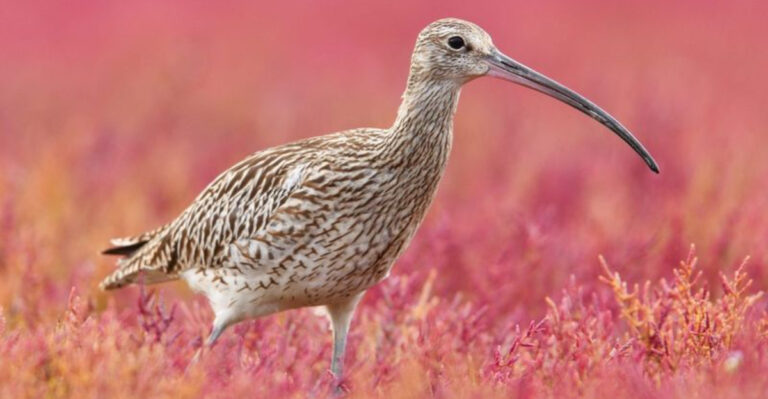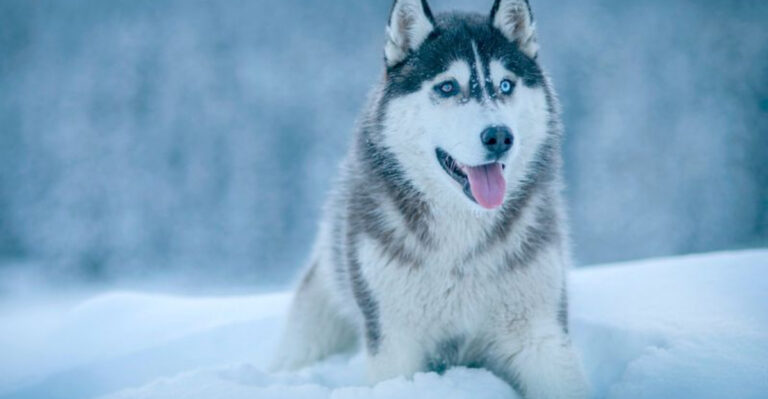Fascinating Myths About Big Cats That Have Been Debunked
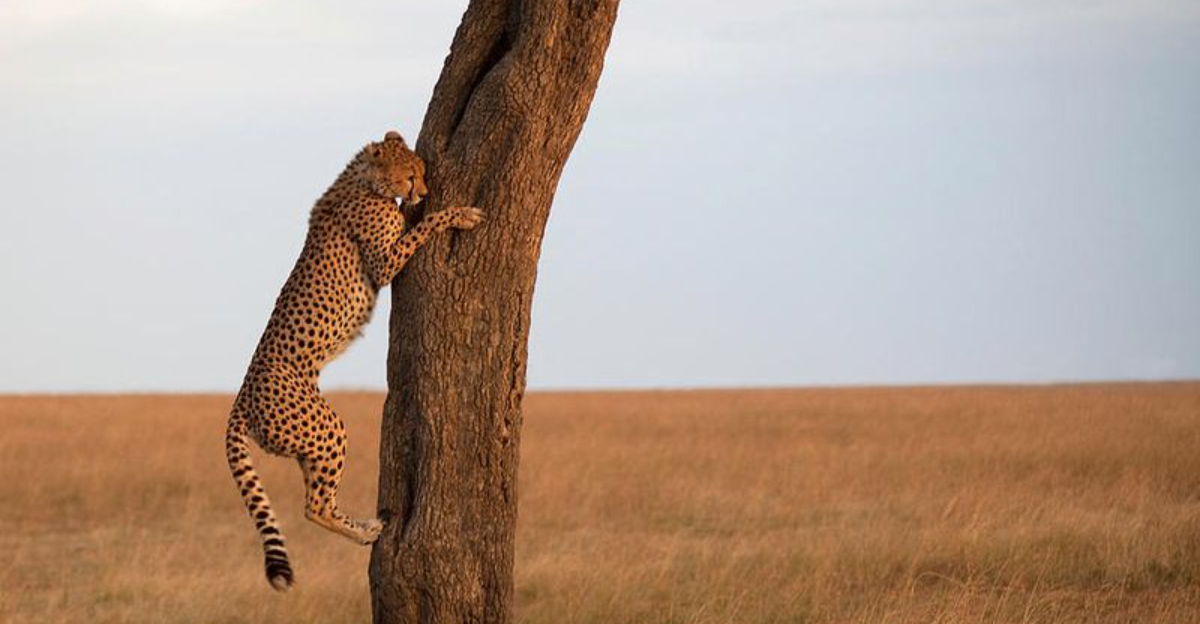
Big cats, the majestic and powerful creatures of the wild, have fascinated humans for centuries. Yet, many myths and misconceptions surround these magnificent animals.
Let’s unravel twelve fascinating myths about big cats that have been debunked. Prepare to be surprised, as the truth is often more intriguing than the myth!
1. Lions Always Roar
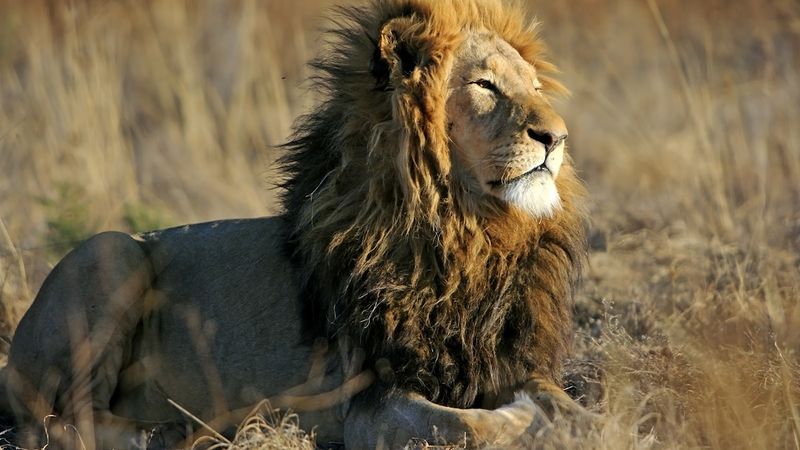
Lions are often depicted as roaring constantly, but that’s far from the truth.
Despite their fearsome reputation, lions spend most of their time lounging around. These big cats are more like the lazy kings of the jungle, conserving energy in the scorching heat.
Roaring is reserved for specific situations, like asserting dominance or communicating with pride members.
2. Cheetahs Can’t Climb Trees
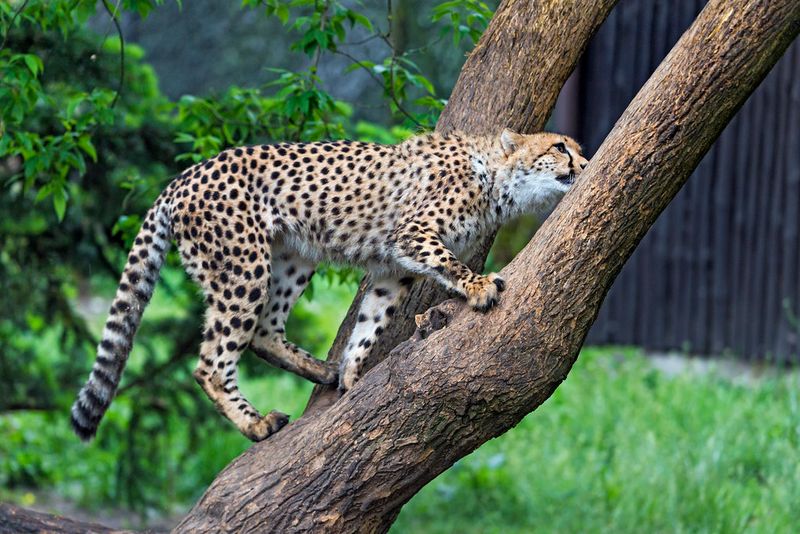
The belief that cheetahs can’t climb trees is a common fallacy. While it’s true that they lack the retractable claws of other big cats, cheetahs can still climb trees, albeit clumsily.
These agile felines use their speed on the ground, but when needed, they’ll scramble up low branches to scout for prey or escape danger. Their slender bodies and lightweight frames make them surprisingly nimble climbers.
3. Tigers Are Solitary Beasts
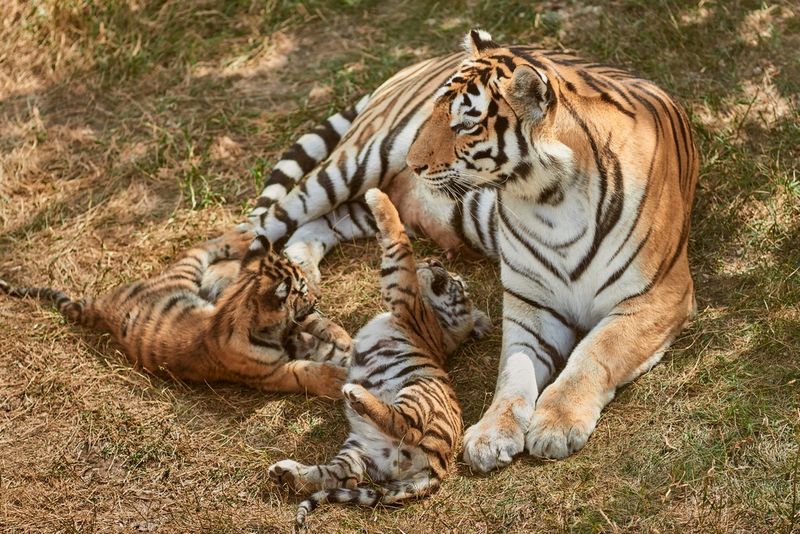
It’s often said that tigers are solitary animals, but that’s not entirely accurate. While they hunt alone, tigers do have social interactions, especially within family units.
Mothers spend years nurturing their cubs, teaching them survival skills and occasionally play-fighting.
In some regions, male tigers have even been observed sharing their kills with females and cubs. These interactions reveal a side of tigers that’s more community-oriented than many realize.
4. Leopards Are Nocturnal Hunters
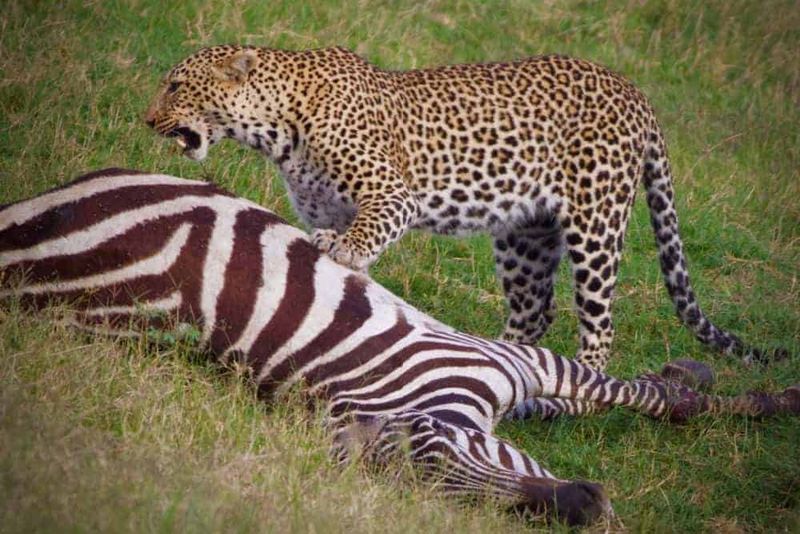
Leopards are often labeled as nocturnal hunters, but they are actually opportunistic feeders that hunt both day and night.
Adaptability is their strength, as they adjust hunting habits based on prey availability. Their sharp eyesight and stealthy movements make them effective hunters under the sun or moonlight.
So whether prowling at dawn or dusk, leopards can capitalize on any opportunity that presents itself.
5. Jaguars Only Live In Jungles
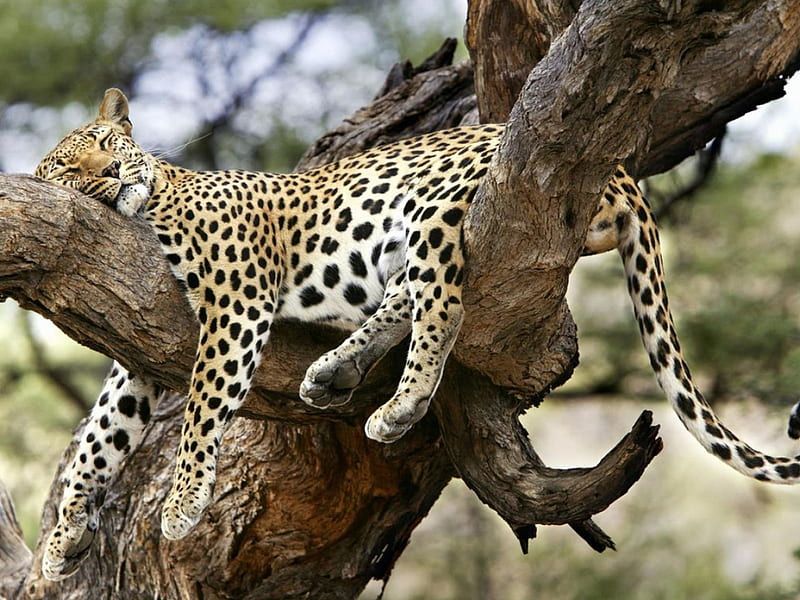
The idea that jaguars only live in jungles is a common myth, but these powerful cats are much more adaptable than that!
While they do love dense, tropical rainforests, jaguars can be found in a variety of habitats, from dry forests to open grasslands. In fact, their range extends far beyond the jungle, including parts of Mexico, Central America, and even Arizona!
Jaguars are incredibly versatile hunters, thriving in different environments where they can stalk their prey in silence.
6. Pumas Are Exclusively Mountain Dwellers
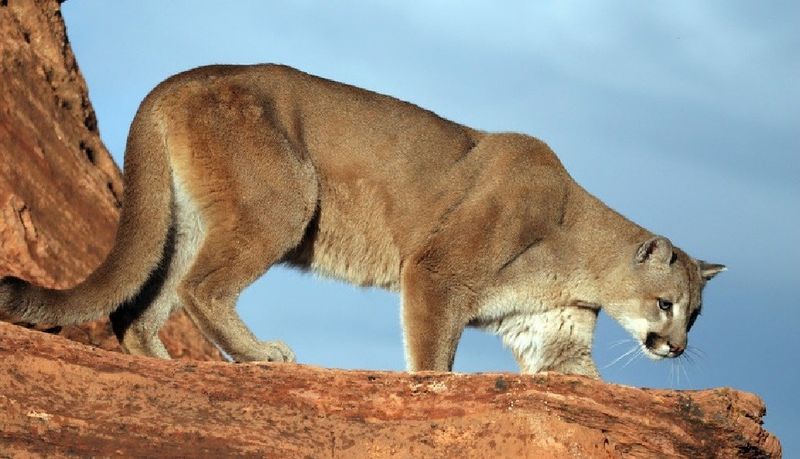
The belief that pumas, or cougars, are restricted to mountain regions is misleading. These adaptable felines are found in various habitats, from dense forests to arid deserts.
Their expansive range across the Americas showcases their ability to thrive in different terrains and climates.
Whether navigating rocky cliffs or the open plains, pumas make themselves at home wherever they roam. Their adaptability makes them one of the most widespread big cats, and certainly not just mountain dwellers.
7. Snow Leopards Are Always Cold
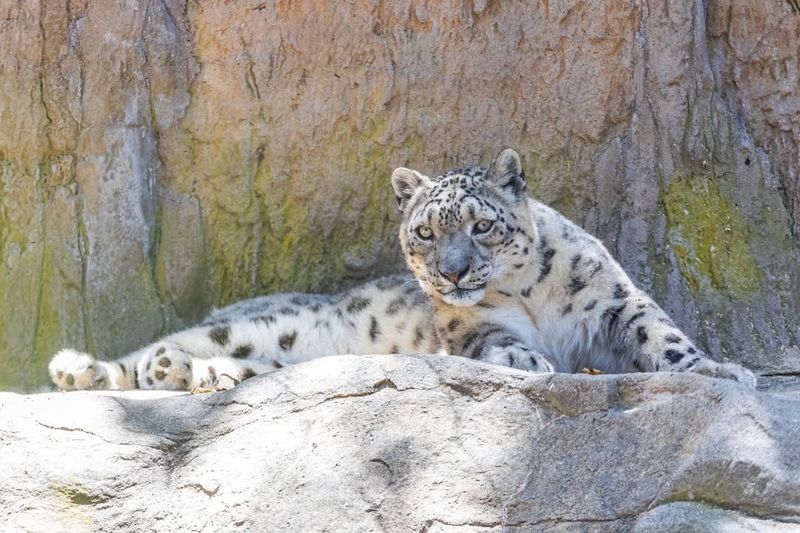
Snow leopards are typically associated with icy terrains, leading to the belief that they’re always cold. Yet these majestic creatures are equipped to handle a range of temperatures.
Their thick fur and large paws enable them to survive in bitter cold, but they’re equally at ease lounging in the sun.
High-altitude habitats can surprise with sunny, warm days, and snow leopards take full advantage. Far from always being cold, these cats enjoy the warmth when it comes their way, defying their frosty reputation.
8. Lynxes Are Just Big House Cats
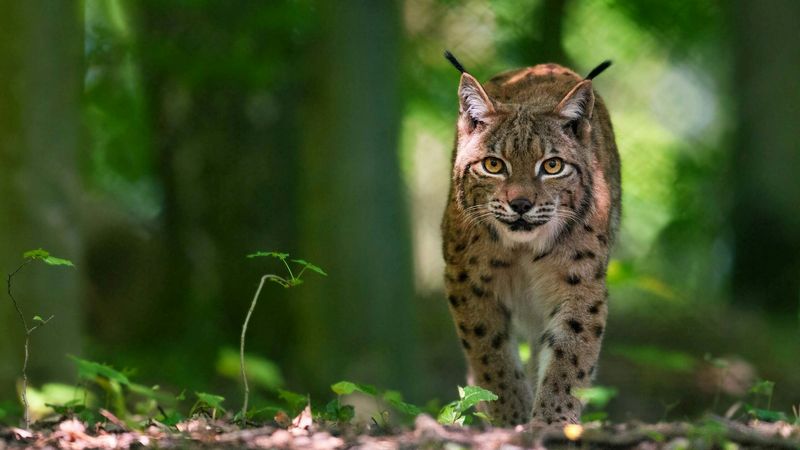
Some might think of lynxes as oversized house cats, but this couldn’t be further from the truth. Lynxes are wild predators, with powerful builds and distinct features like tufted ears and a short tail.
Their hunting skills and territorial behaviors set them apart from domestic cats. These independent animals roam vast territories, seeking prey like hares and small deer.
Calling them big house cats minimizes their wild nature and the unique role they play in their ecosystems. Lynxes are fierce and formidable, not merely large pets.
9. Cheetahs Are Weak Predators
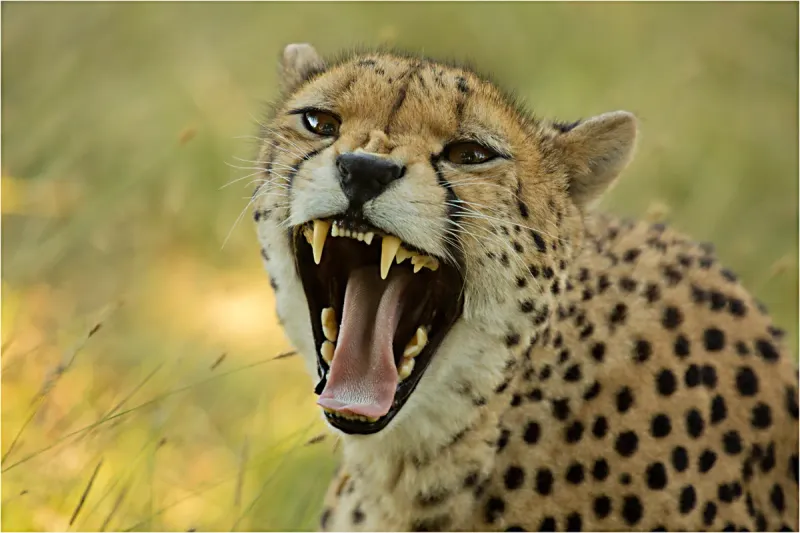
The myth that cheetahs are weak predators couldn’t be further from the truth! While cheetahs are known for their speed, they are also highly skilled hunters with incredible agility and precision.
Their slender bodies and sharp claws make them exceptional at chasing down prey, and they rely on strategy to get close before launching their lightning-fast sprint.
Though they might not have the raw strength of lions, cheetahs are highly effective predators with specialized skills tailored for speed.
10. Lions Are From The Jungle
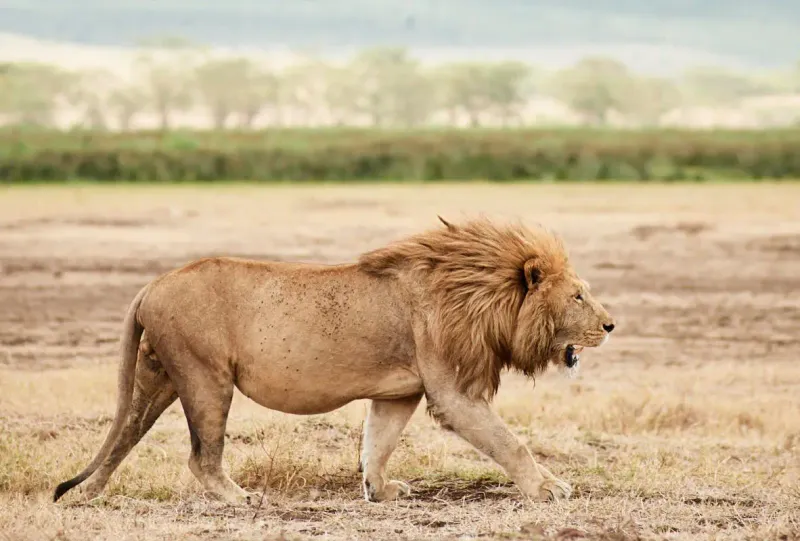
The phrase ‘king of the jungle’ is misleading, as lions do not live in jungles. Their primary habitats are the grasslands and savannahs of Africa, where they roam vast territories.
Lions are social creatures, living in prides that maintain control over their domains. Their open, grassy environments provide the perfect stage for their regal existence.
The jungle notion likely arose from their majestic reputation, but their real kingdom lies in the open plains. Lions are rulers of the savannah, not the jungle.
11. Tigers Never Swim
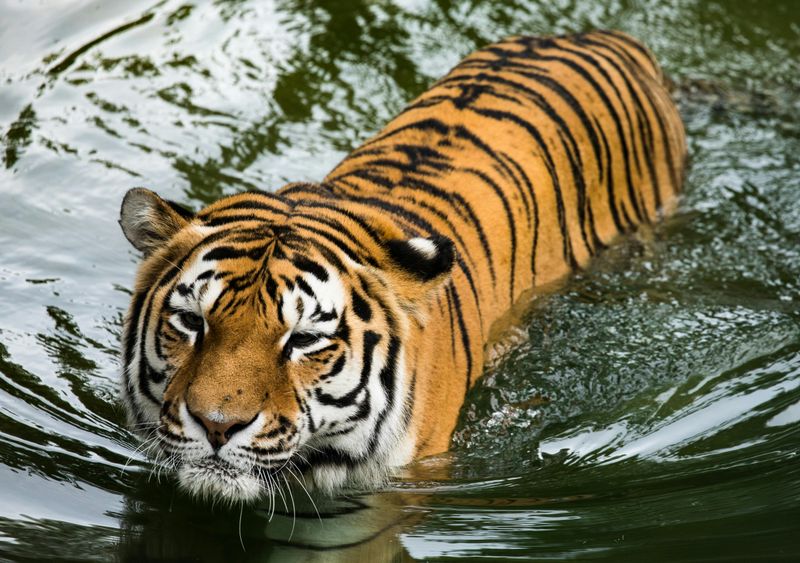
Contrary to popular belief, tigers are excellent swimmers and often take to the water. They enjoy the coolness and use it as a means to hunt and travel.
Swimming is a natural behavior for tigers, who embrace water unlike many other big cats. It provides them with an advantage in their dense forest habitats, where rivers and lakes abound.
The sight of a tiger swimming is both majestic and unexpected, challenging the myth that these striped predators avoid water.
12. Panthers Are Their Own Species
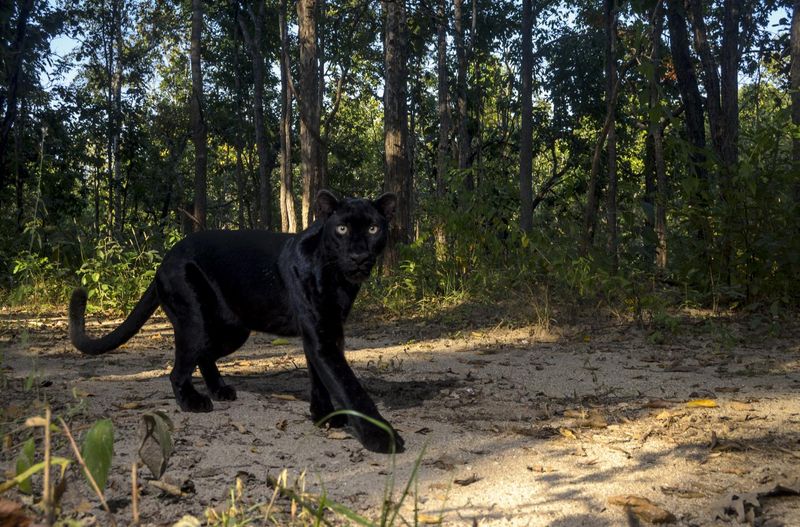
The term ‘panther’ often suggests a separate species, but it’s a misconception. Panthers are actually melanistic leopards or jaguars, characterized by their dark coats.
This unique coloration is simply a genetic variation found in some individuals. Panthers exude an aura of mystery and elegance, blending seamlessly into the shadows of their habitats.
Understanding that panthers are not a distinct species enriches our appreciation for the genetic diversity within big cats. They’re shadowy, elusive, and not what they seem.

